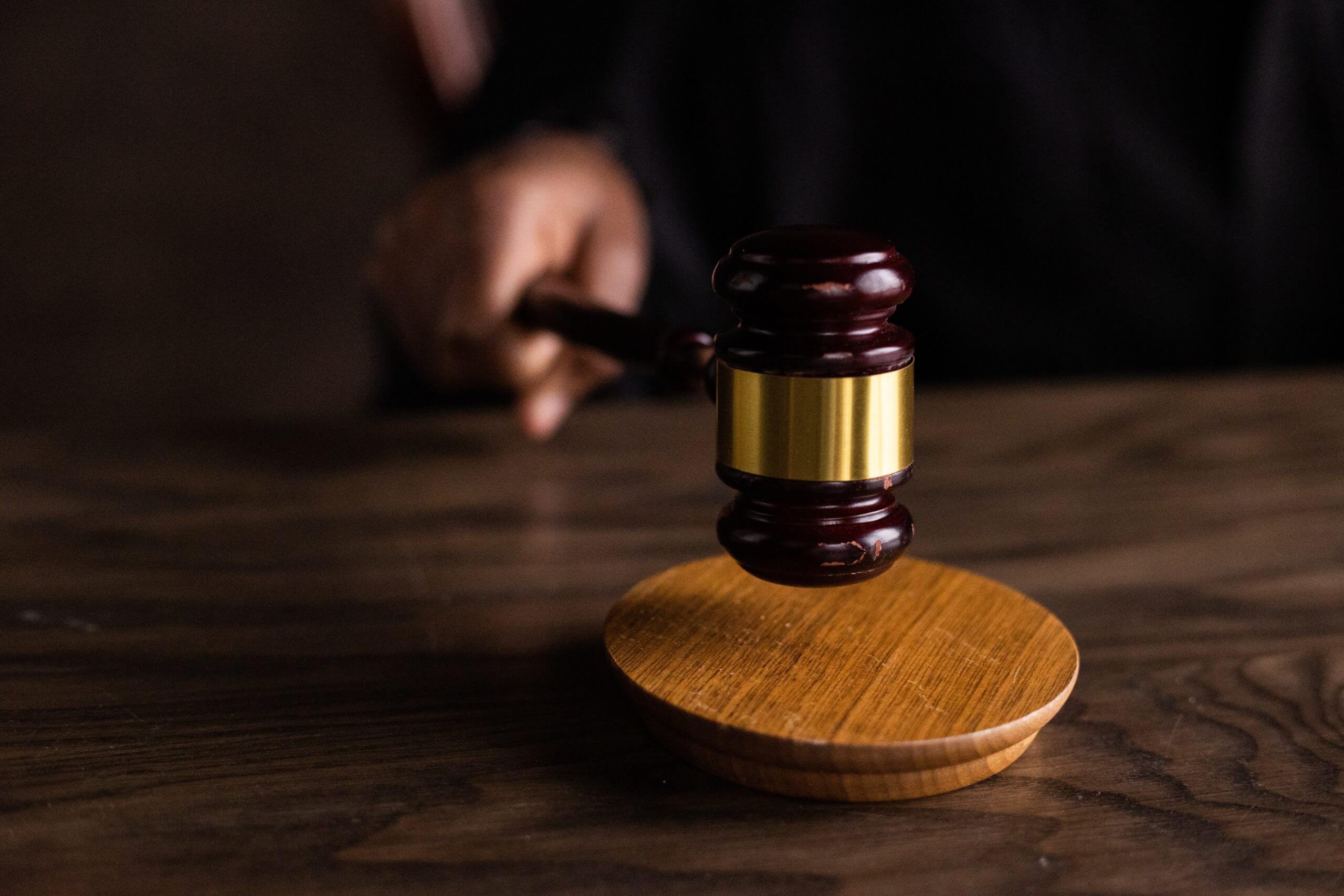
Gaining Trial Skills at the Dodd Cross Examination Clinic
Authored by Taylor A. Asen, Esq. and Meryl E. Poulin, Esq.
Roger Dodd is a living legend in trial advocacy, who, in his later years, has devoted much of his time to teaching cross-examination to trial lawyers around the country. Last July, he appeared on Ben’s podcast. During that interview, Roger and Ben’s co-host, Rahul Ravapudi, discussed the cross-examination clinic Dodd put on for Rahul and the other lawyers at Panish | Shea | Boyle | Ravipudi LLP. Never one to be outdone, Ben jumped in to propose that Roger come to Maine. Roger agreed. Within days, we were scheduled to host Roger Dodd for a two-day clinic on cross-examination in November, which would be attended by the three attorneys at our firm, as well as five other experienced trial lawyers from Massachusetts.
As busy trial attorneys, we seldom have the opportunity to work on our skills in the way we did in law school. Setting aside several days to “practice” cross-examination seems like a good idea in theory but becomes harder to justify when balanced against a daunting to-do list. And then there’s the fear: the fear of standing up in front of your colleagues and your peers; the fear of being critiqued by a nationally recognized expert in cross-examination; the fear of being “exposed” that drives so many of our worst instincts as trial lawyers.
Roger’s clinic is fantastic. We can’t recommend it highly enough. In addition to learning from Roger and his talented son, Matt Dodd, the clinic was staffed by two professional actors from California, who made our lives a living hell for two days. Every time one of us made a mistake or left an opening, the actor playing the witness took advantage of it. A lawyer would stand up to give a cross that another lawyer had practiced only minutes before, to discover that the actor had dramatically changed the way he or she was playing the part. At one point, Meryl stood up to cross-examine a witness, and the witness began uncontrollably crying. “This is my worst nightmare,” Taylor whispered to Ben. Roger overheard and smiled. “That’s what you’re paying for,” he replied.
In the event that you never have the chance to learn from Roger, we wanted to share a few insights that we took from his clinic. But the most important lesson, for us, was how valuable it is to make time to continue to learn and improve. It is not an indulgence; it is a critical part of continuing to grow in this very difficult line of work.
Here are a few of the key lessons we took away from the clinic regarding how to improve your cross-examinations.
The Rules
Roger has boiled cross-examination down to three “rules”: (1) leading questions only; (2) one new fact per question; (3) move from the general to the specific.
These rules are all critical to establishing control over the witness during cross. Open-ended questions or questions that contain multiple facts, give a witness room to run, dodge, and delay. By contrast, short, declarative, leading, one-fact questions allow the examiner to control the witness. If a witness has just one single fact in front of them, it is hard for the witness to express confusion or be evasive. Furthermore, the jury is more easily educated by this technique because it is a factual presentation, rather than a conclusion. If facts are presented in detail and one at a time, a jury can reach a conclusion those facts point to, without the examiner trying to reach the conclusion for the jury.
Facts, Not Conclusions
The Dodd technique is grounded in questions regarding facts, not legal conclusions. Why? Because conclusions allow a witness room to wiggle, while the facts underlying those conclusions do not. This seems self-evident enough, but while practicing, we were struck by how often problems with our cross-examinations come about due to a pivot away from facts to conclusions.
It isn’t just that lawyers too frequently move from fact to conclusions, but that lawyers often move through critical facts far too quickly. One of the crosses we practiced concerned a police officer who pulled a woman over in the middle of the night. We represented the woman, who was arrested for driving under the influence. At first, we all moved through this portion of the cross in no more than two questions: “You turned on your blue lights?” and “She pulled over?” We came to see, however, that there were ten or more factual questions that could be asked about the process of pulling over our client—questions about her use of her turn signal, her speed, her movement between lanes—all of which highlighted for the factfinder that the defendant was driving safely on the night in question.
Listening and Spontaneity
Roger is a master at “looping”–that is, incorporating words or terms offered by the witness into your questions. There are many variations on looping, and it serves many different purposes. But again, a central purpose is that it increases the lawyer’s control over the witness. It does this in several ways. First, if a term is used by a witness, it becomes nearly impossible for the witness to later claim that use of the term is unfair or that they don’t know what it means. Second, it “teaches” the witness that filibustering comes with a price, in that the examining lawyer will use their words against them.
Looping is an incredibly effective technique. It is also difficult, because it requires active listening, something most lawyers (ourselves included) struggle with. Frequently, Roger’s critiques would start with him listing all the “looping opportunities” that we missed during a cross examination. Typically, we missed them not because we failed to see the opportunity, but because we were so focused on our questioning that we failed to listen carefully to the witness’s answer.

















